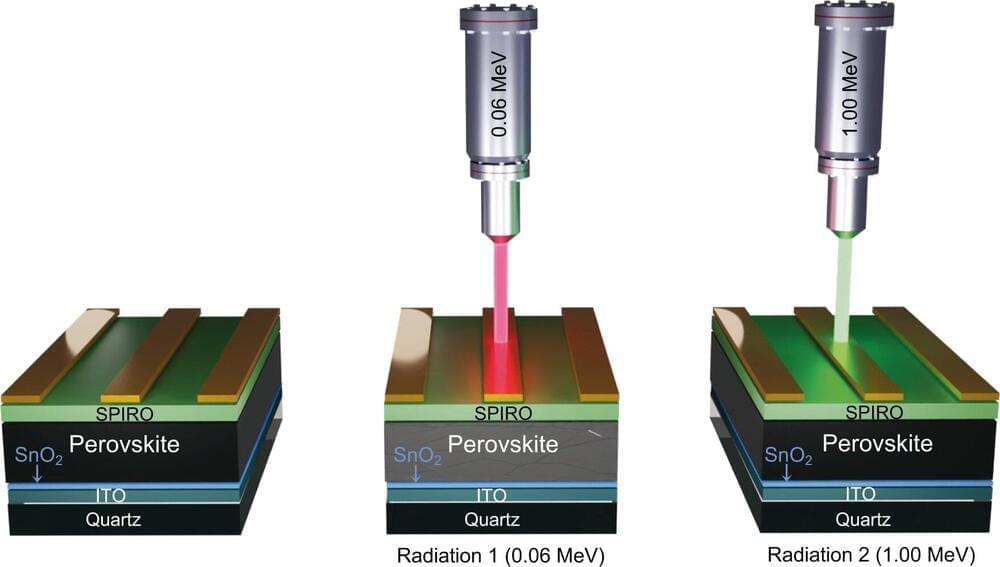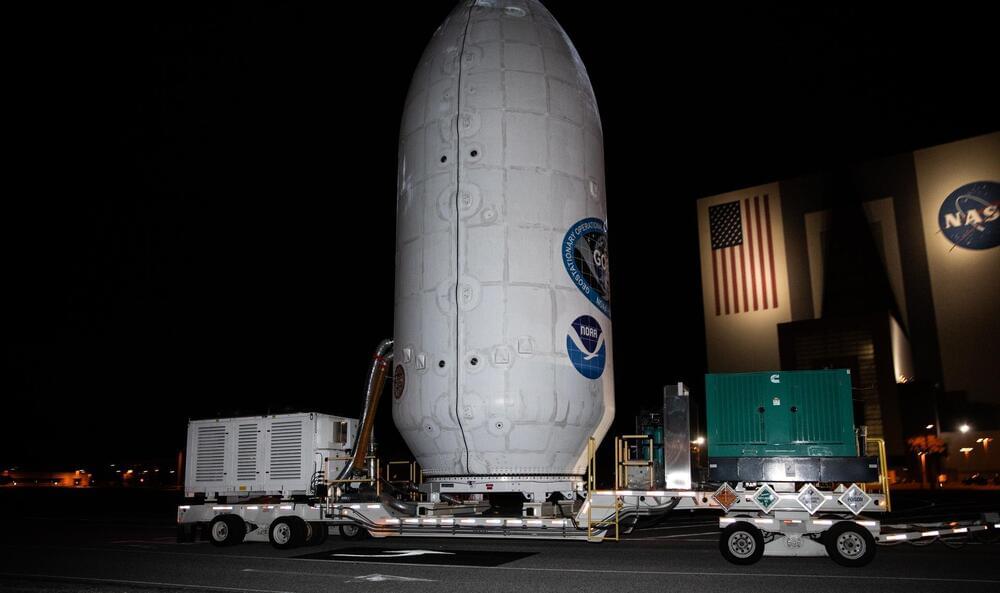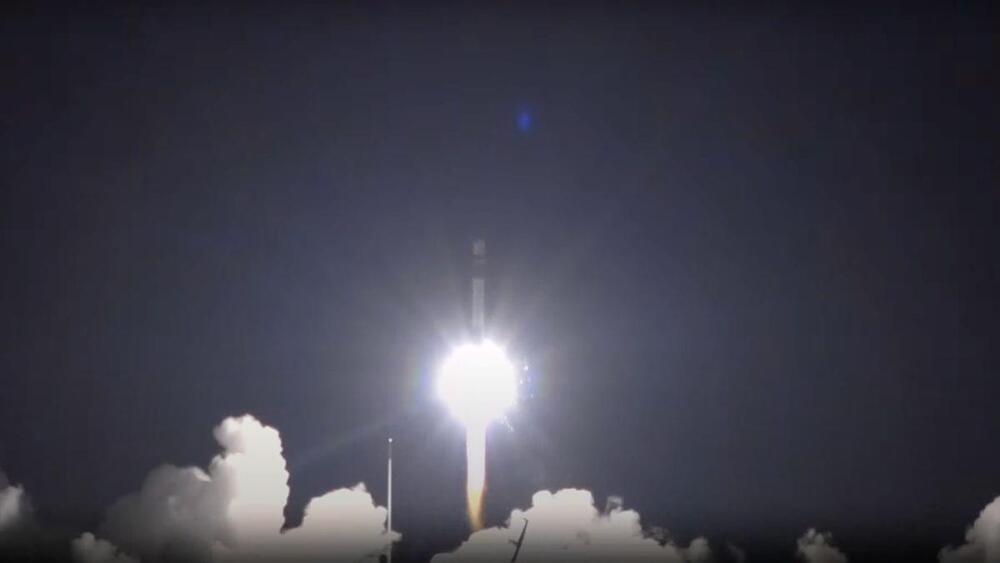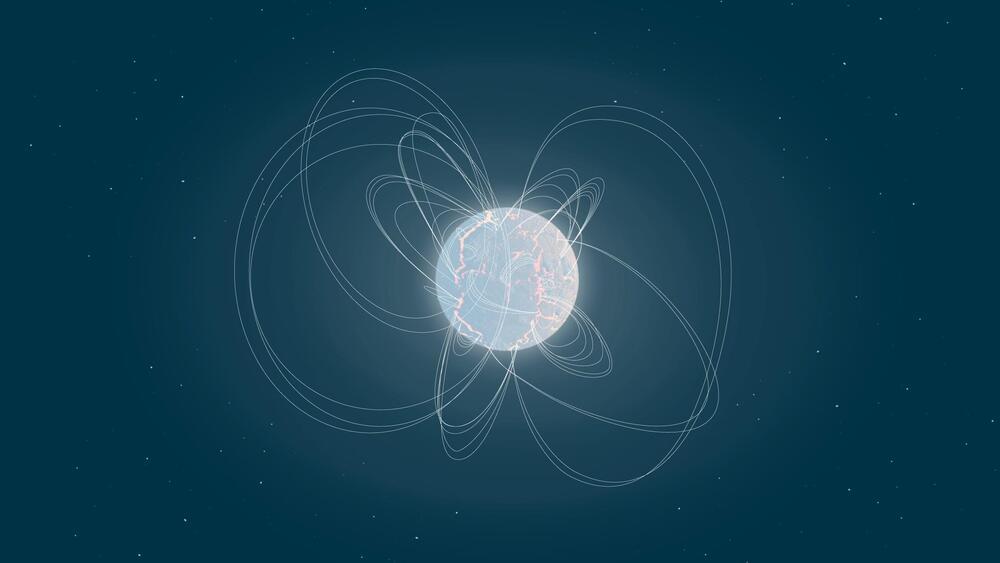Jun 25, 2024
SpaceX successful with booster replacement on Starlink mission
Posted by Genevieve Klien in categories: internet, satellites
SpaceX was back at the launch pad Sunday with an updated rocket to finish off a Starlink mission it tried to send up earlier this month.
A Falcon 9 on the Starlink 10–2 mission lifted off at 1:15 p.m. from Cape Canaveral Space Force Station’s Space Launch Complex 40 amid cloudy skies with 22 more Starlink satellites for the company’s growing internet constellation that now numbers more than 6,100 satellites in orbit.
The launch came nine days since SpaceX last attempted to knock out the mission on June 14. That attempt had a rare scrub as the countdown clock reached 0 and the rocket was ultimately brought back from the pad to allow for last week’s ASTRA 1P satellite launch to go up instead.

















